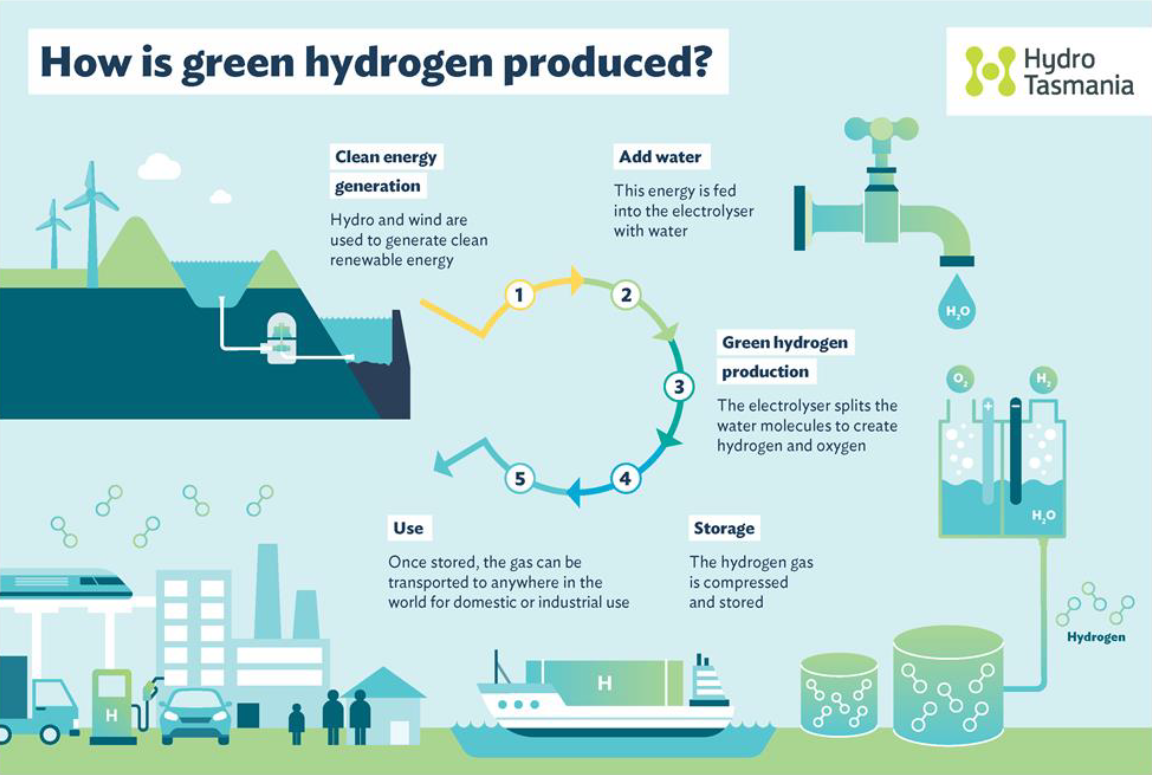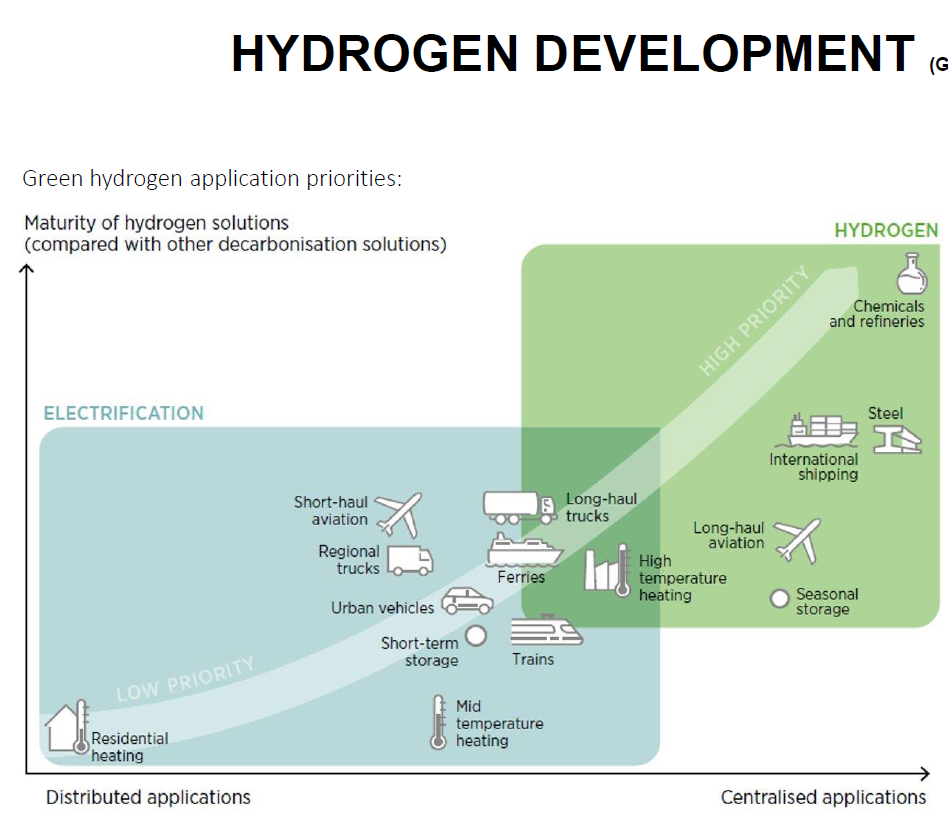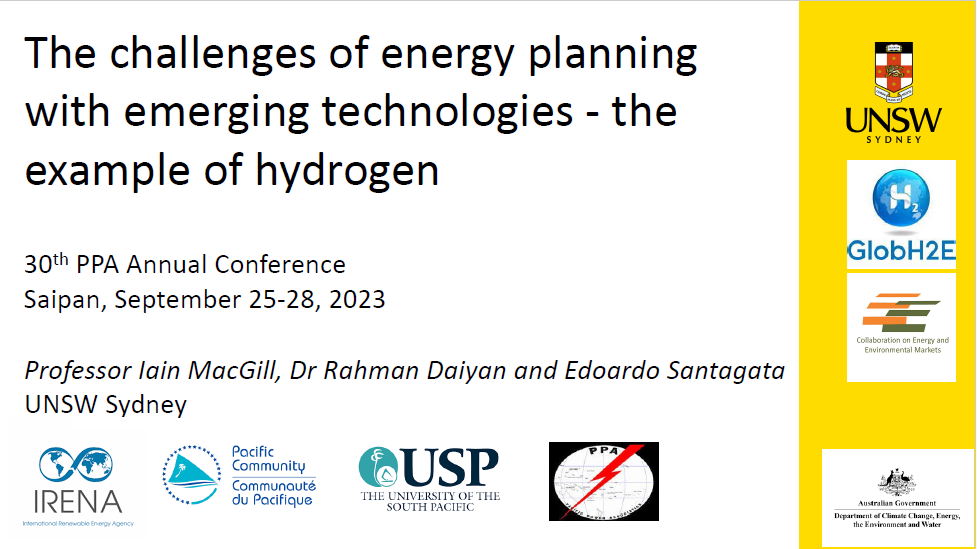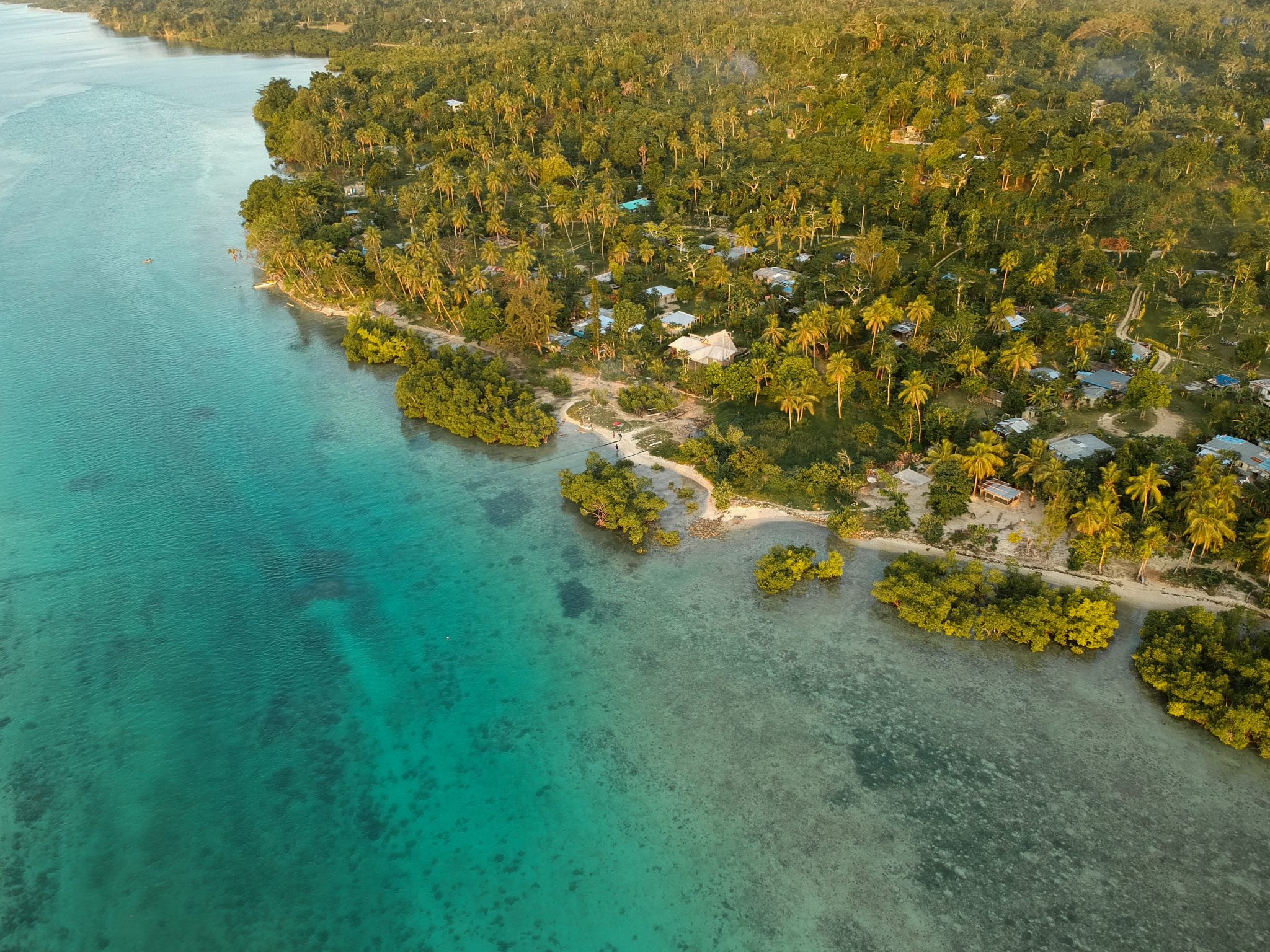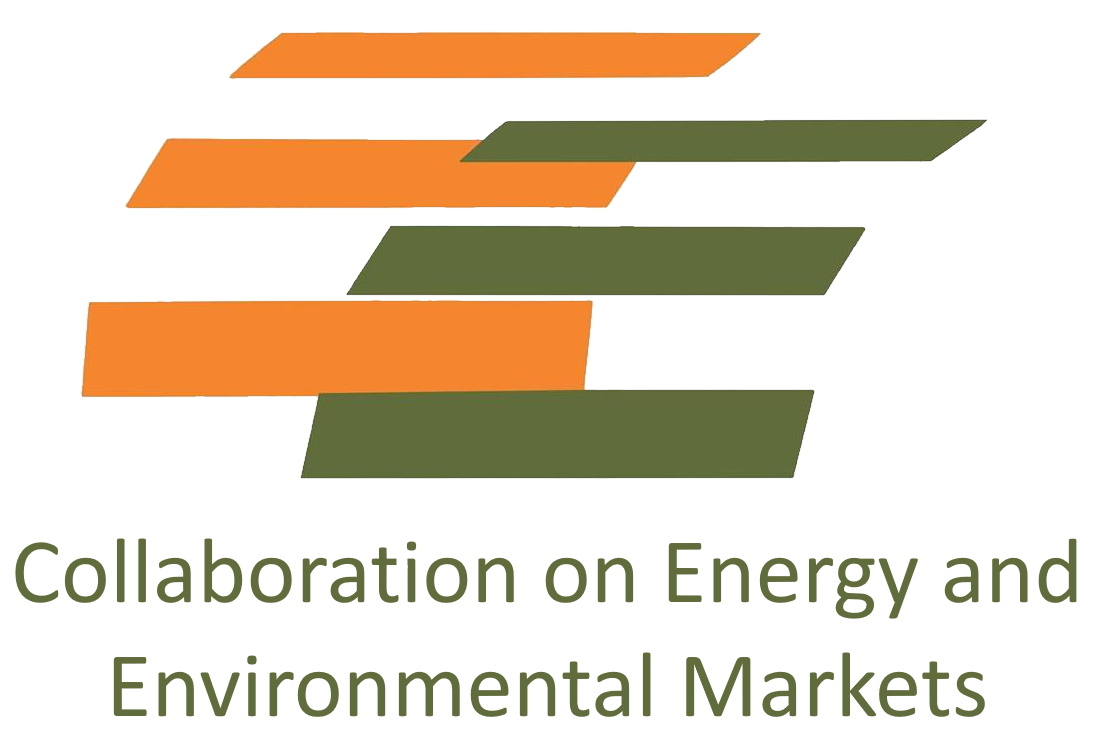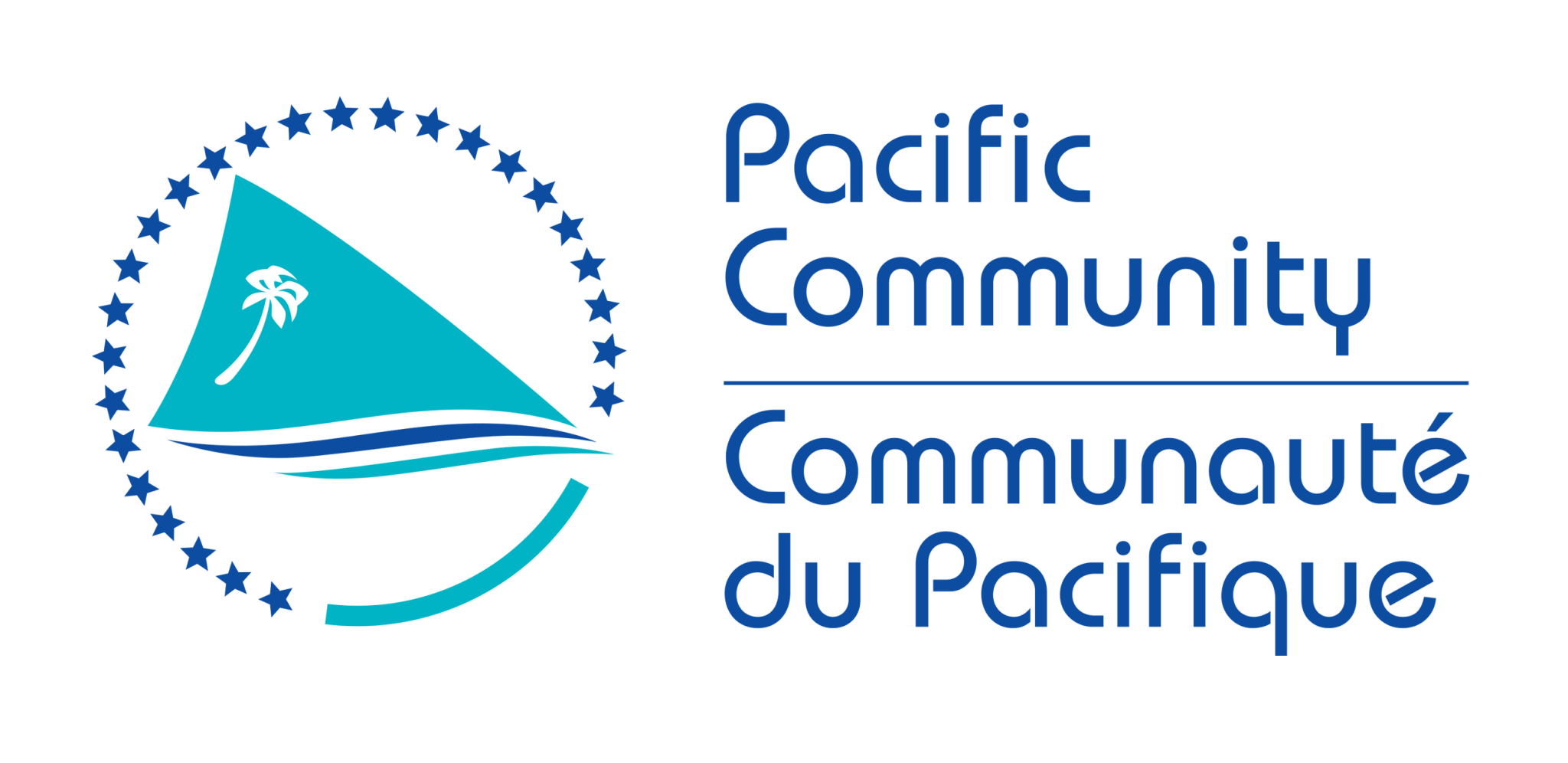The Need for Better Planning Frameworks for Energy Transition in the Pacific:
Pacific Island Countries and Territories (PICTs) are at the forefront of the impacts of climate change threatening island states’ economies, communities, and cultures. The Pacific continues to lead climate change advocacy and ambition, reflected in the energy transition goals set out in Nationally determined contributions, with many aiming to achieve 100% renewable energy for electricity generation by 2030. While Pacific emissions remain negligible, the region is largely reliant on imported fossil fuels, resulting in high exposure to global price volatility, significantly straining PICT economies and communities. This places the transition as a policy priority to deliver energy security, resilience, and affordability while reducing emissions. A successful transition holds the potential for cross-cutting socio-economic benefits. Nonetheless, these ambitions face complex implementation barriers, including technical, capacity, financial and social challenges unique to each country’s situation.
The Scope for Planning Frameworks and Energy Transition Models:
The increased interest in the region and the growing global momentum behind the transition has resulted in a crowded environment of donors, development banks and private sector actors, often with competing agendas. This environment amplifies the challenges countries face to implement a sequenced and pragmatic transition due to the pressure to navigate, coordinate and assess propositioned transition pathways and projects. This risks the transition becoming fragmented and ad hoc, misaligning the needs and interests of the country’s current and future priorities. The Efate Outcome Statement from PRETMM highlights and recognises the critical need “to develop and use enhanced and tailored energy planning frameworks and capacity expansion tools for net-zero outcomes” to ensure the regions have the tools to consider their transition pathways and have the means to assess the sequencing to deliver a pragmatic transition tailored to each country’s contexts.
The Role of Energy Transition Modelling Tools:
The energy modelling tools provide open-source data management and decision support optimization tool that aims to provide policymakers, development partners, investors and researchers with a shared platform for a wide range of macro-energy system analyses needed to achieve the energy transition together.




